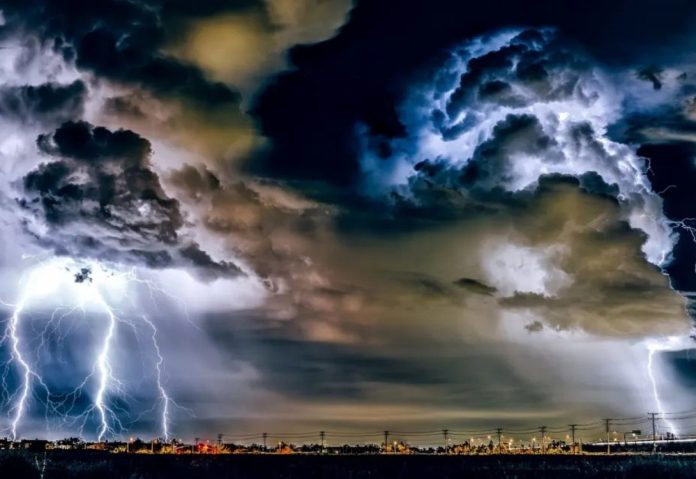The air we breathe, the clouds that drift overhead, the storms that rage – the fascinating and complex science of Meteorology governs all. Far more than just predicting tomorrow’s temperature, it is the comprehensive study of Earth’s atmosphere, its phenomena, and its interactions with the planet’s surface and oceans. It’s a field that blends physics, mathematics, and advanced technology to decipher the intricate dance of weather patterns. At The Festival Sale, while we focus on bringing unique experiences, we understand the profound impact weather, a product of expert Meteorology, has on planning and enjoying events.
The Foundations of Meteorology: A Historical Perspective
Humanity has always been captivated by the weather, a primal force dictating agriculture, travel, and survival. Early forecasting was based on crude observations that were frequently connected to natural cycles and astronomical phenomena. To identify recurrent patterns, ancient societies—from the Babylonians to the Greeks—kept careful records of weather trends. Aristotle’s “Meteorologica,” penned around 340 BCE, is often considered one of the earliest comprehensive treatises on atmospheric phenomena, laying some of the philosophical groundwork for what would much later become the modern science of Meteorology.

The development of tools such as the thermometer (Galileo, 16th century), the barometer (Torricelli, 17th century), and the hygrometer marked the beginning of the scientific revolution. These innovations enabled quantitative measurements, advancing weather study from observation to systematic data collection and analysis. The first weather maps and coordinated forecasting initiatives were made possible by the telegraph networks that emerged in the 19th century, greatly increasing the speed at which meteorological data could be gathered and shared.
Key Branches of Meteorological Study
Meteorology is a vast discipline, encompassing several specialized branches, each focusing on different aspects of atmospheric science:
- Synoptic Meteorology: This area of study investigates vast weather phenomena and their genesis, serving as the primary engine for daily weather forecasts. Its job is to diagnose the present status of the atmosphere by critically analyzing data from several stations.
- Physical Meteorology: Here, the veil is lifted on the atmosphere’s intrinsic physical workings, allowing us to scrutinize everything from the birth of clouds and the physics of falling rain to the atmospheric currents of energy and the enchanting play of light. Essentially, it uncovers the “how and why” behind weather events.
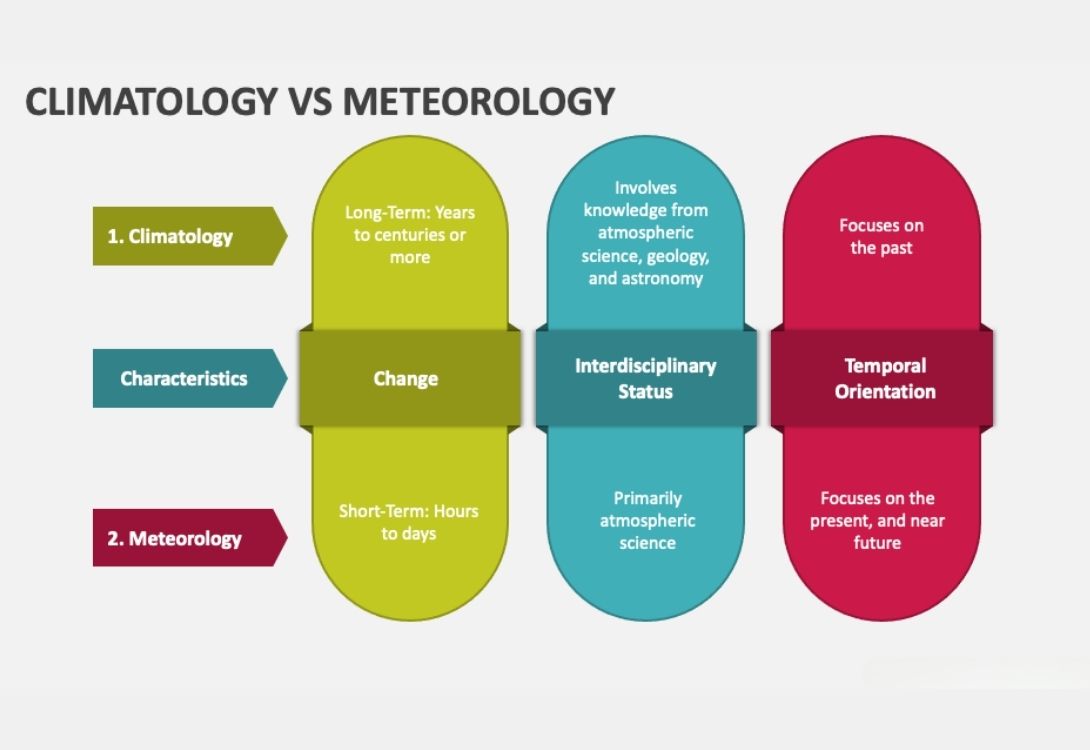
- Climatology: While closely related, climatology studies long-term weather patterns and averages, focusing on climate change, regional climates, and historical weather data.
- Dynamic Meteorology: This highly mathematical branch uses principles of fluid dynamics and thermodynamics to model atmospheric motions and energy transformations. It’s crucial for developing sophisticated weather prediction models.
- Boundary Layer Meteorology: This field focuses on the lowest layers of the atmosphere, where direct interactions with the Earth’s surface occur. This is vital for understanding local winds, air pollution dispersion, and heat exchange.
The Tools of the Trade: How Meteorologists Observe and Predict
Modern Meteorology leverages an impressive suite of cutting-edge instruments and technologies for the meticulous collection and processing of atmospheric data. Without these, accurate forecasting would be impossible.
Observational Networks and Sensing Technologies
- Weather Stations: These are the backbone of surface observations, providing continuous data on temperature, humidity, pressure, wind speed and direction, and precipitation.
- Radiosondes: Suspended from weather balloons, these crucial instruments ascend globally each day, relaying back comprehensive vertical data on temperature, humidity, pressure, and wind throughout the atmosphere, reaching into the stratosphere.
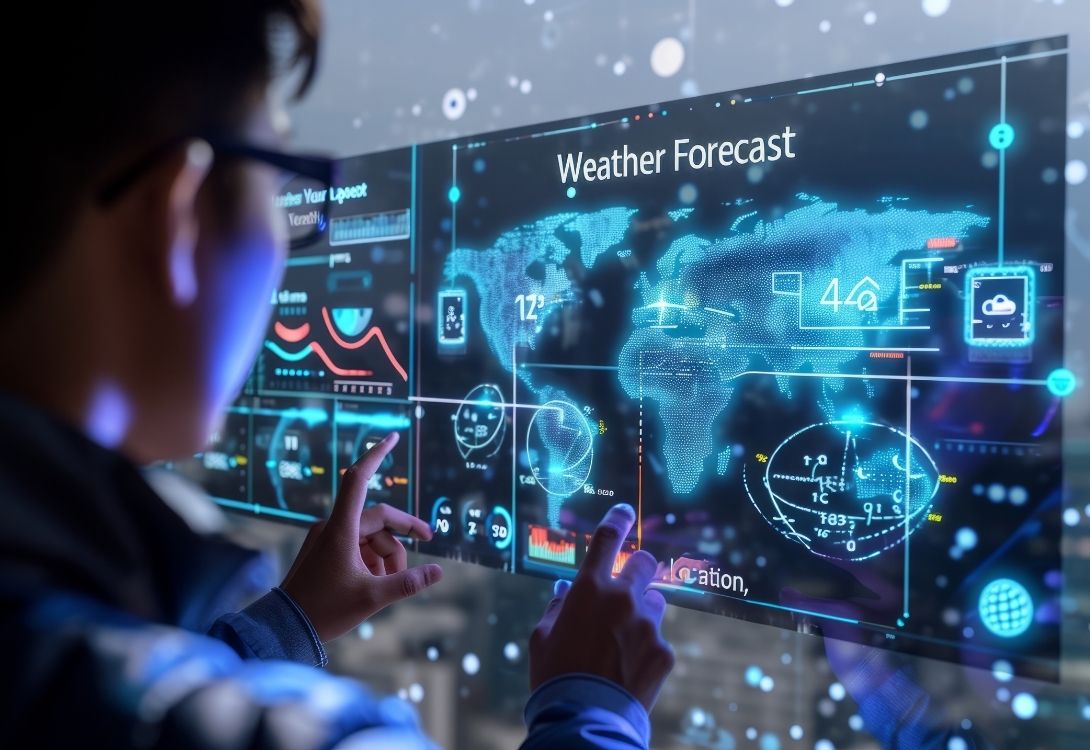
- Weather Radar: Doppler radar systems detect precipitation, its intensity, and its movement, crucial for tracking storms, identifying severe weather, and estimating rainfall.
- Satellites: Geostationary and polar-orbiting satellites provide a global view of the atmosphere, and pursue cloud formations, severe storms, sea surface temperatures, and atmospheric moisture. They are indispensable for observing remote oceanic areas where ground-based observations are scarce.
- LIDAR and SODAR: These cutting-edge remote sensing technologies analyze atmospheric characteristics including wind profiles and aerosol concentrations using light (laser) and sound waves, respectively.
The Power of Numerical Weather Prediction (NWP)
A significant change in Contemporary Meteorology occurred with the introduction of Numerical Weather Prediction (NWP). This involves using powerful supercomputers to run complex mathematical models of the atmosphere. These models replicate the evolution of the atmosphere by ingesting enormous quantities of observational data and using the principles of physics. NWP models are the foundation of all modern weather forecasts, from short-range hourly predictions to long-range outlooks.
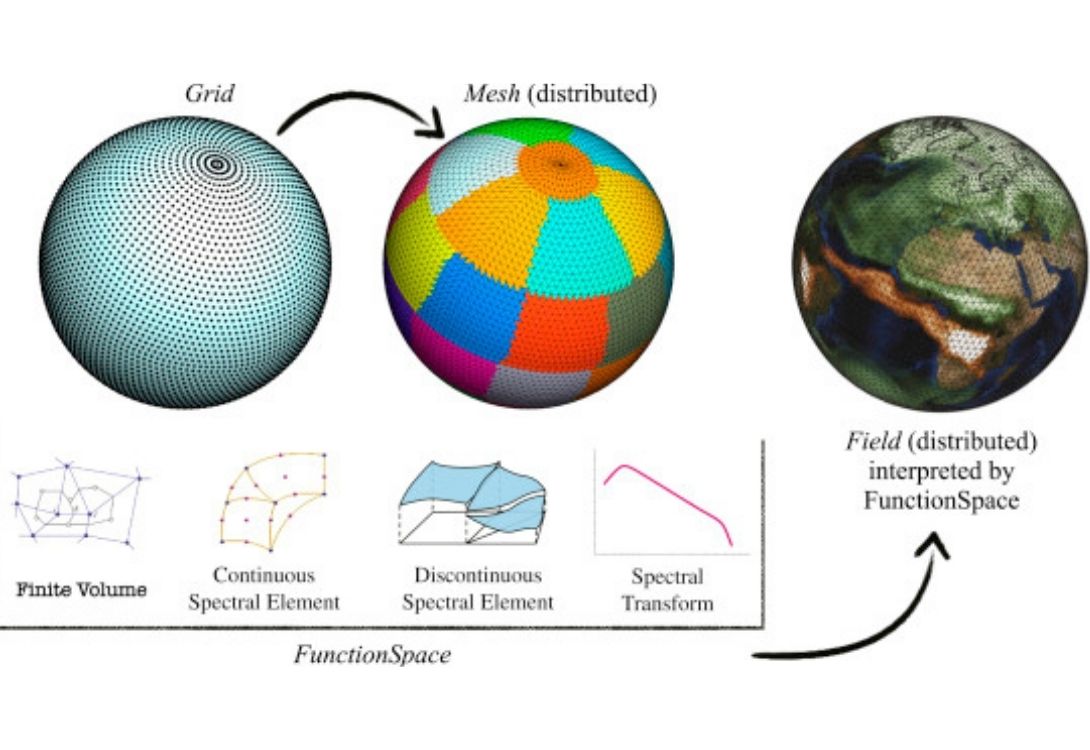
It is a discipline that consistently challenges the limits of computational science, as the quest for more accurate atmospheric models hinges on an insatiable demand for enhanced processing capacity and sophisticated algorithmic improvements. Collaboration between meteorologists and computer scientists is crucial in this area.
The Impact of Meteorology on Daily Life and Beyond
Numerous facets of our everyday lives and vital sectors are significantly impacted by the insights that they provide. Weather forecasts guide our clothing choices, commute decisions, and recreational activities. Its effects, however, extend well beyond personal preference.
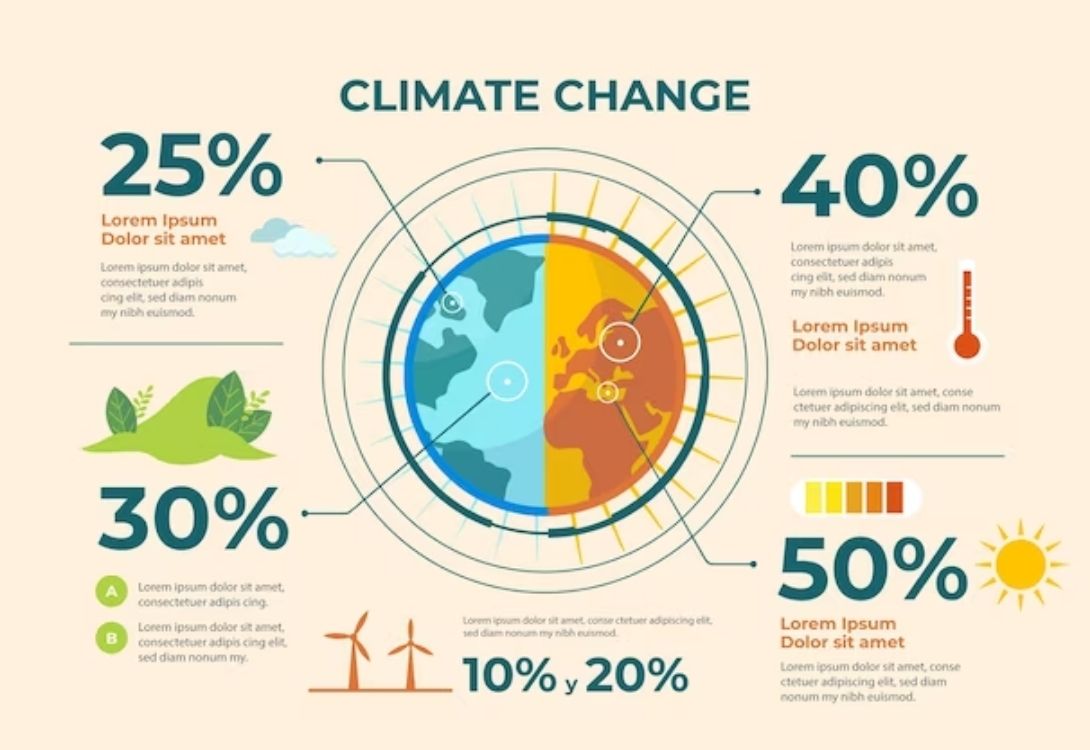
Critical Applications Across Industries
- Agriculture: Weather information is used by farmers to make decisions about planting, irrigation, harvesting, and pest management. Proper forecasting can shield crops from drought, hail, and frost.
- Aviation: Safety in air travel is heavily dependent on precise meteorological information regarding winds, turbulence, icing conditions, and thunderstorms.
- Shipping and Maritime: To avoid hazardous storms and maximize fuel economy, navigators utilize weather forecasts to plan safe and effective routes.
- Energy Sector: Precise weather predictions are crucial for managing power grids, as both wind and solar energy generation are inextricably linked to atmospheric conditions.
- Disaster Preparedness: Early warning systems for meteorological disasters including hurricanes, tornadoes, floods, and blizzards reduce economic damage and save countless lives. This is especially pertinent to towns and companies, which serves as a reminder to us at The Festival Sale of the need for precise information for planning and public safety.
- Climate Change Research: It provides the foundational understanding of atmospheric processes necessary to study, predict, and mitigate the effects of climate change.
Challenges and Future Directions in Meteorology
It continues to encounter difficulties despite amazing progress. The atmosphere’s inherent chaotic nature implies that even minor inaccuracies in initial data can propagate into substantial forecast deviations over extended periods. The inherent difficulty in accurately predicting intense, localized weather incidents, including tornadoes, stems from their confined dimensions and accelerated evolution.

Innovation on the Horizon
It has an interesting future thanks to constant innovation:
- AI & Machine Learning: These cutting-edge technologies are progressively deployed to enhance forecast precision, process immense data troves, and craft bespoke predictions for niche applications.

- High-Resolution Modeling: As supercomputing power increases, models can run at higher resolutions, allowing for more detailed and accurate predictions of small-scale weather phenomena.
- Advanced Sensing: The emergence of miniature, ubiquitous sensors, such as drones and publicly contributed weather data, promises an unparalleled breadth of atmospheric observation.
- Coupled Models: Integrating atmospheric models with ocean, land, and ice models will provide a more holistic understanding of Earth’s interconnected systems, leading to more accurate long-range forecasts and climate projections.
Meteorology is a dynamic and essential science, constantly evolving to provide better insights into our planet’s most influential force – the weather. Its continued advancement is vital for a world grappling with climate change, increasing population density, and the growing need for resilient infrastructure.
FAQs about Meteorology
Q1: What exactly is meteorology?
A1: It’s the scientific discipline dedicated to scrutinizing our planet’s atmosphere and its various phenomena, with a keen focus on weather dynamics and prediction. It uses physics, mathematics, and technology to understand and predict atmospheric conditions.
Q2: What distinguishes climate from weather?
A2: Weather refers to the atmospheric conditions at a specific time and place (e.g., “it’s raining today”). It has a related but separate area of study called climate, which focuses on describing typical, long-term weather conditions across larger regions and extended periods (such as “Delhi experiences a hot and humid climate”).
Q3: How accurate are weather forecasts?
A3: Meteorological advances have led to a major improvement in weather forecasting. Predictions for the following one to three days are often rather precise. Longer lead times reduce accuracy, but 7-day predictions remain quite accurate, particularly for broad weather patterns.
Q4: What tools do meteorologists use?
A4: Weather stations, radiosondes (weather balloons), Doppler radar, satellites, and powerful supercomputers running intricate Numerical Weather Prediction (NWP) models are just a few of the many technologies used by meteorologists.
Q5: How does meteorology impact our lives?
A5: It impacts daily decisions (what to wear, travel plans) and is crucial for critical industries like agriculture, aviation, shipping, energy, and disaster preparedness. Its insights aid in maximizing different activities and safeguarding people and property.

